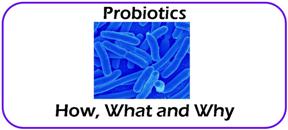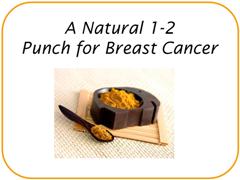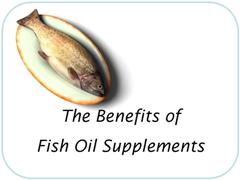|
Low Testosterone Symptoms: ED and Reduced LibidoPhysicians and the general public usually think that the classic low testosterone symptoms are erectile dysfunction or reduced libido. In fact, testosterone therapy is the standard treatment for men who experience sexual dysfunction as a result of low testosterone levels (2). This treatment has had a lot of success, as long as improving fertility is not one of the patient’s goals (2). While, erectile dysfunction is the longest standing use of testosterone replacement therapy, results can vary widely (7). The reason for the varied results could be because testosterone is not necessarily the direct cause of erectile dysfunction or reduced libido, but rather another symptom of a larger picture of ill health. If this is the case, high doses of testosterone are masking symptoms of a bigger problem, not addressing the root cause. For example, erectile dysfunction is often a result of inadequate function of the blood vessels in the genital region – a potential early marker for cardiovascular disease (1,7). In fact, erectile dysfunction is considered an early marker for cardiovascular disease. Testosterone is one of the naturally occurring steroid hormones. Although both men and women produce testosterone, it is found in higher quantities in men, and is associated with typically male traits such as hair growth, a deep voice, muscle mass, and strength. It is also associated with male virility and sexual performance. “Steroid” hormone, in biochemical terms, means that it is derived from cholesterol. It should be no surprise, then that cholesterol-lowering drugs, like statins, can interfere with testosterone production (7). Some glucose-lowering prescriptions can affect testosterone levels, too (7). In addition, reduced libido or erectile dysfunction is a potential side effect of several other prescription drug classes, including anti-depressants. So be sure to read that fine print... Testosterone naturally declines with age. However, there is a clinical diagnosis of “testosterone deficiency” which indicates significantly lower testosterone levels than the normal age-related decline. While testosterone replacement therapy has been used historically for erectile dysfunction, it has recently garnered the interest of physicians and patients also looking to treat declining physical attributes with age, cardiovascular disease, and even depression and fatigue. Return to All About Low Testosterone to find out about other low testosterone symptoms, potential side effects of replacement, and other uses for testosterone replacement therapy. Go to
Natural Health Articles by Topic
from
Low Testosterone Symptoms: ED and Reduced Libido
References 1) Corona G, G Rastrelli, L Vignozzi, E Mannucci, M Maggi. “Testosterone, cardiovascular disease and the metabolic syndrome.” Best Prac Res Clin Endocrinol Metab. 2011; 25:337-53. 2) Corona G, G Rastrelli, G Forti, M Maggi. “Update in testosterone therapy for men.” J Sex Med. 2011 Mar; 8(3):639-54. 3) Cunningham GR, SM Toma. “Clinical Review: Why is androgen replacement in males controversial?” J Clin Endocrinol Metab. 2011 Jan; 96(1):38-52. 4) Giannoulis MG, FC Martin, KS Nair, AM Umpleby, P Sonksen. “Hormone replacement therapy and physical function in healthy older men. Time to talk hormones?” Endocr Rev. 20 Mar 2012 [Epub ahead of print]. 5) Nguyen CT, A Aaronson, RP Morrissey, M Agarwal, RD Willix, ER Schwarz. “Myths and truths of growth hormone and testosterone therapy in heart failure.” Expert Rev Cardiovasc Ther. 2011 Jun; 9(6):711-20. 6) Saad F, A Aversa, AM Isidori, L Zafalon, M Zitzmann, L Gooren. “Onset and effects of testosterone treatment and time span until maximum effects are achieved.” Euro J Endocrinol. 2011; 165:675-85. 7) Traish AM, MM Miner, A Morgentaler, M Zitzmann. “Testosterone deficiency.” Am J Medicine. 2011; 124:578-87. |












